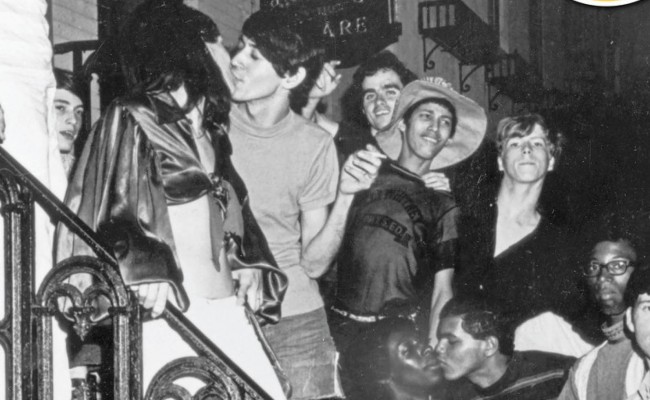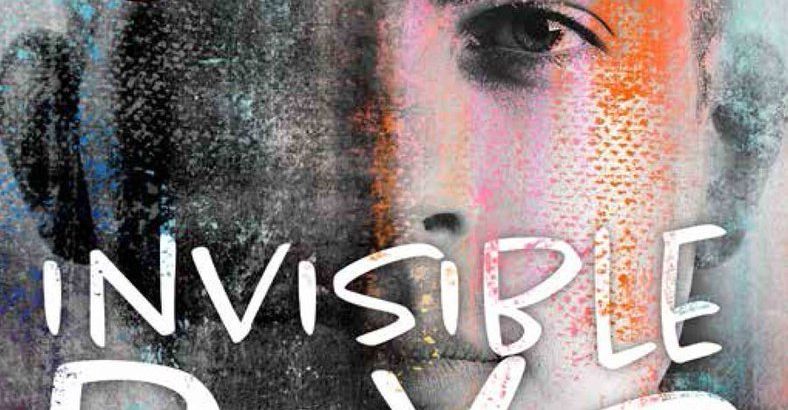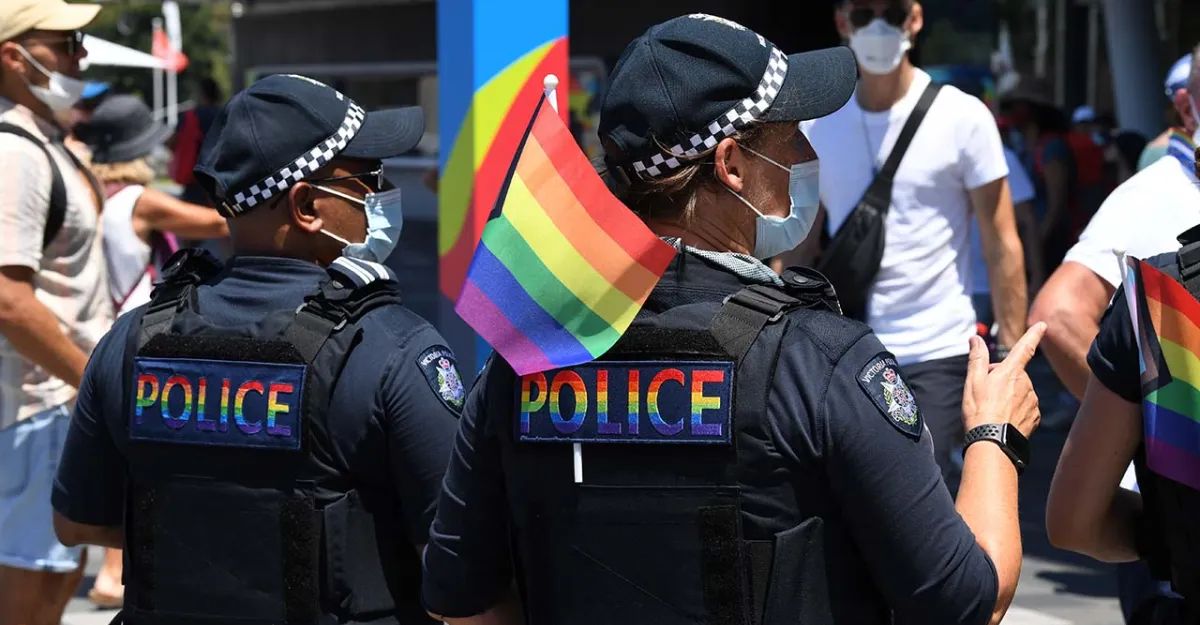I was surprised to read the news that Daniel Andrews, premier of Victoria, was going to fund ‘Australia’s first Pride Centre’ to the tune of $15 million. Mostly because I used to work in one in Sydney more than fifteen years ago.
At that time the Pride Centre was a hall in Surry Hills, with an office downstairs where I answered the phone, wove some primitive HTML magic, updated an ever-changing database of community organisations and made a few flyers. Upstairs we hosted some of those community organisations and a big meeting space that anyone could book by ringing me. Sometimes I was the first point of contact for people who’d never heard of the (then) Gay and Lesbian counselling service, or were afraid to read the community newspapers. Sometimes I just copped random abuse.
I had that job while still at university, and it gave me a parallel education. Aside from the anarchist scene it was the first place I worked closely with trans people, and I learned a lot about the intersection of lesbian and gay, trans and queer, and feminist struggles. I discovered artists like William Yang; I attended the opening of the Sydney Gay and Lesbian Holocaust memorial, then one of only three or four in the world. I went to meetings that planned protests against George Pell’s inauguration as Archbishop in Sydney, because of his many homophobic remarks, and against the plans of a right-wing Christian organisation that claimed to be able to cure us of homosexuality to hold a conference in Sydney (we scared them away).
I also learnt a lot about the struggles of grassroots organisations to run sustainably. Pride ran a new years’ party every year, which was the main source of funds, and it had a hard time diversifying. The Centre, which had started from community meetings in 1989, downsized to the Erskineville Town Hall space, after which it slowly fizzled out; by 2007 it was closed. It was a transitioning time for the movement, as the HIV crisis was calming and the gay marriage push had not yet begun. Mardi Gras was also besieged in those years. Old identity categories were changing fast, and so were Sydney rents.
$15 million is a lot of money, and I hope it will be well spent. I’m sure Andrews’ heart is in the right place – nestled deeply into his demographic research – but it is hard not to take offence when a community group that really existed and really helped people can be wiped from history by a careless and hubristic claim. When you support LGBTI folks, you need to support us in all our diversity. And you need to allow us to tell our own stories.
The claim originated in this press release from the Premier’s office. I asked Andrews via twitter if he approved the press release, but so far have received no answer from him.
I’m dismayed that a lot of media organisations ran some version of that press release’s headline without checking the facts. If you Google “Australia pride centre”, the Wikipedia entry for the Sydney Pride Centre appears on the first page. Maybe they don’t teach you how to Google in journalist school any more. But this isn’t just about getting the facts right.
This isn’t just about Sydney vs Melbourne either, though Melbourne has a habit of mistaking the windows of its house for mirrors (for Sydney it’s the other way around). No, this omission matters because our history matters. Grassroots activism happened, is still happening, and that’s how we survived this long. Our survival – our triumphs – are not the gifts of generous politicians, but the result of our working together to make change. Honouring us and honouring the kids growing up queer in the world we made means honouring the people who struggled and in some cases died for what we have.
Well-meaning politicians are welcome to support us, but we need to be able to determine the conditions of that support. Without autonomy, LGBTI communities risk being co-opted for photo opportunities and then shafted as soon as the wind changes. We’re not here to enhance your brand. Forgive me if I’m cynical, but you don’t have to be very old to remember this happening before. When you’ve been written out of history, you learn the value of community memory. This new Pride Centre should be a positive announcement, and maybe it still is. But it’s left me asking what kind of conditions are attached to this money, and just whose pride it aims to celebrate.
Image via Stonewall 45 project.
–






